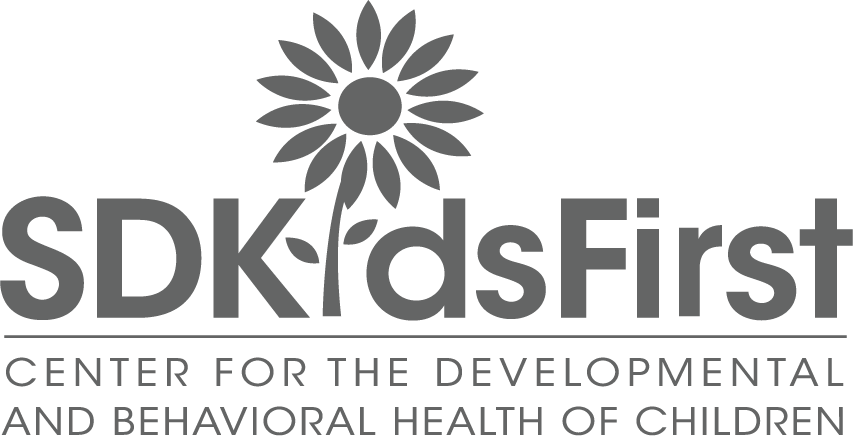ASD In 4 Year Olds
Dear Dr. Deb,
I have been reading a lot about Asperger’s Disorder and autism spectrum disorder, and I’m worried my 4-year-old might have some of the signs. How do you know if a child has one of these disorders at such an early age? I know that autism itself is much more severe, and much easier to identify, but what would a mild autism spectrum disorder look like in a 4-year-old? I’m pretty concerned. Thanks in advance for your help.
-Teresa G.
Dear Teresa,
I understand your concern – there certainly is a lot of information (and misinformation!) out there on autism these days, which can overwhelm and confuse many parents. To clarify, an autism spectrum disorder (or pervasive developmental disorder) is a developmental disability that affects a child’s social functioning, communication skills, and manifests with certain characteristic behaviors such as rigidity or highly focused interests. Asperger’s Disorder falls under this category.
The identification of children on the autism spectrum can be challenging, especially since many are cognitively right on-target, and can develop typical (or even advanced) speech and language skills. What can make it all the more confusing, is that they can vary greatly in their individual strengths and weaknesses- no two children on the spectrum are alike. Yet early identification is key, as children who receive interventions early on, often show tremendous gains.
A few years ago, I was invited to give a talk to about 15 or so pediatricians as part of their Continuing Medical Education program on how to identify at-risk children on the mild end of the spectrum. Here are the points I discussed in my talk. If after reading this list you have any doubts, a developmental evaluation by a child psychologist could help you identify if there are any concerns, and how to best address them.
Preschool-aged children with mild autism spectrum disorder may exhibit at least one or more of these signs:
- They may appear socially ‘younger’ than same-age peers. They may not empathize as readily, or need social situations or rules to be explained to them more than same-age peers.
- They may have difficulty with give-and-take in play compared with same-age peers. They may have a tendency to over-direct others, be rigid/inflexible during play, or be frequent ‘followers’ who mimic and copy other children more than same-age peers.
- They may have difficulty with transitions that are unexpected, or when they have to transition away from a preferred activity. They may have a preferred way of doing things, and get upset when someone tries to interject. Their reactions are more intense or more frequent than same-age peers.
- They may have difficulty taking direction from others, and may be (incorrectly) labeled ‘oppositional’ or ‘defiant’.
- They may have emotional reactions which may seem out of proportion given the trigger, such as an intense meltdown over the wrong color ‘cup’, the fact that mom took the wrong ‘route’ on the drive home, or they couldn’t find a missing puzzle piece. These reactions are more intense or more frequent than same-age peers.
- They may have difficulty maintaining a give-and-take verbal exchange, talking more about their own likes, interests, and desires than same-age peers.
- They may have a fascination with a particular topic or subject which is more intense than same-age peers. There may be extraordinary memory for verbal information surrounding the interest (e.g. types of dinosaurs, brands of cars, types of trains, etc.)
- There may be a history of speech/language delay, or they may have advanced speech skills with more vocabulary than same-age peers.
Also, it’s important to note that many children on the autism spectrum are in fact very loving and sweet young children who can be very strongly attached to their parents and family members. They also can develop friendships, although they typically require some coaching on social skills, social perspective taking, and social communication skills.
Please remember when reading this list, that I have frequently written about signs “as compared with same-age peers.” That is because at certain developmental ages, some of these behaviors are typical, such as tantrums and meltdowns, or a preference to doing things their own way. That is why an evaluation by a professional who is a specialist in child development can help you tease apart what is ‘typical 4-year-old behavior’, and what may be a sign of a developmental concern.
I hope this helps-
-Dr. Deb
